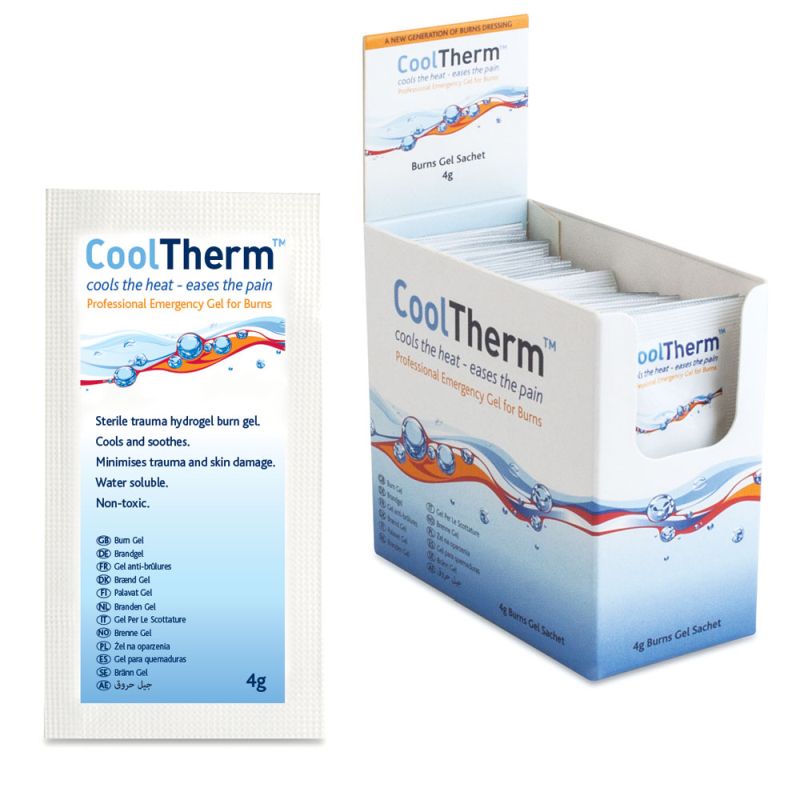
Seek medical care right away.ĭo not apply any ointments, oils, or sprays to the burned area. Instead, cut around the clothing, leaving the burn intact. If your child's clothing is stuck to the burned area, do not attempt to remove it. Protect the burn with a dry, sterile, gauze bandage or with a clean bed sheet or cloth. If a blister has formed, do not break it. Caring for a heat-induced or thermal burnĬool the affected area with cold water or cold compresses until the pain is reduced or relieved. Knowing what to do in case a burn or thermal injury occurs can help prevent a medical emergency. It is important for you to protect your child from the sun and from heat and cold exposures that may cause them illness or injury. Because they are so often busy playing and having fun, children tend to pay less attention to when they are becoming too hot or too cold until problems occur. In rural areas, burns may be caused by moving irrigation pipes that touch an electrical source.Ĭhildren are much more vulnerable to changes in the temperature of the environment because they produce and lose heat faster than adults. Occurs most often in male adolescents involved in dare-type behaviors, such as climbing utility poles or antennae. Injury associated with male peer-group activities involving gasoline or other flammable products, such as fireworks. Male children are at increased risk, often due to fire play and risk-taking behaviors.įemale children are at increased risk, with most burns occurring in the kitchen or bathroom. Greatest number of pediatric burn patients are infants and toddlers younger than 3 years of age burned by scalding liquids. Kitchen injury from tipping scalding liquids.īathtub scalds often associated with lack of supervision or child abuse. Playing with matches, cigarette lighters, fires in fireplaces, barbecue pits, and trash fires New water heaters in homes and in public areas are now preset at lower temperatures to reduce scald injuries. The US government monitors safety in the workplace.Ī greater national emphasis is placed on burn injury prevention and fire safety.Ī decrease in smoking helps prevent burn injuries. The flammability of consumer products, such as toys and pajamas, is federally regulated. Hot tap water burns cause more deaths and hospitalizations than burns from any other hot liquids.ĭuring the last 30 years, burn injuries have decreased for the following reasons: Most children ages 4 and under who are hospitalized for burn-related injuries suffer from scald burn (65%) or contact burns (20%).


Toddlers and children are more often burned by a scalding or flames. Nearly 75% of all scalding burns in children are preventable. Leading causes of accidental injury at home are burns, drowning, suffocation, choking, poisonings, falls, and firearms.īurns and fires are the fifth most common cause of accidental death in children and adults, and account for an estimated 3,500 adult and child deaths per year. Unintentional injury is a leading cause of death among children under age 14.


 0 kommentar(er)
0 kommentar(er)
